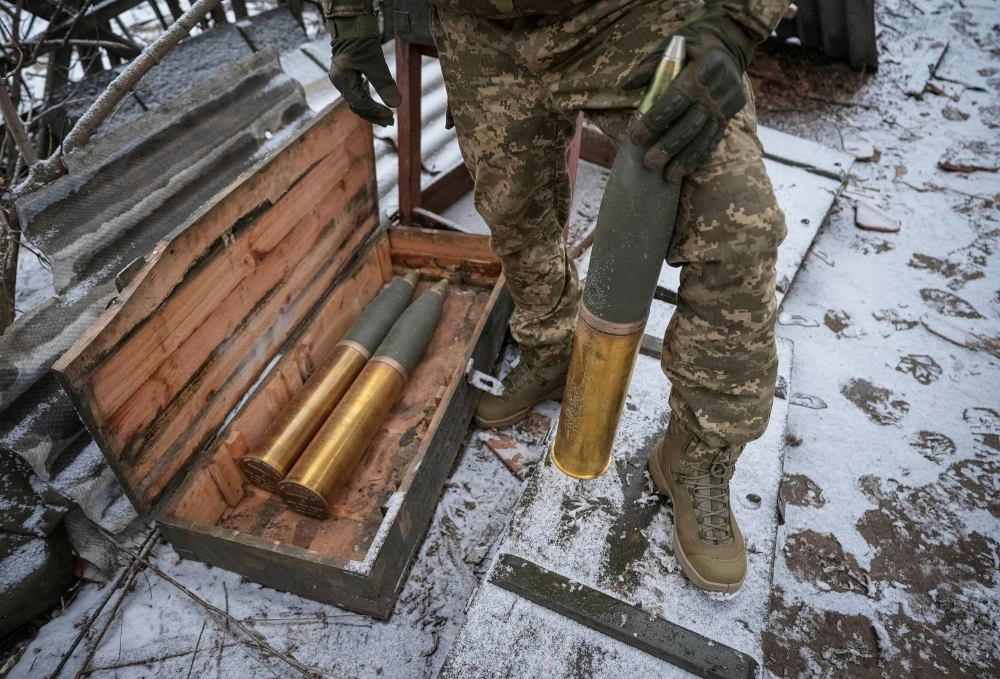A standoff between Germany and other European Union countries has cast uncertainty on the future of an EU military aid fund that has bankrolled billions of euros in arms for Ukraine.
While Berlin and many other EU nations say they are strongly committed to keeping up weapons supplies to Kyiv, the bloc's members have been wrangling for months over how best to do so.
EU leaders will discuss the issue at a summit on Thursday, which will also try to reach agreement on a four-year plan for €50 billion ($54.23 billion) of economic aid for Ukraine.

















With your current subscription plan you can comment on stories. However, before writing your first comment, please create a display name in the Profile section of your subscriber account page.